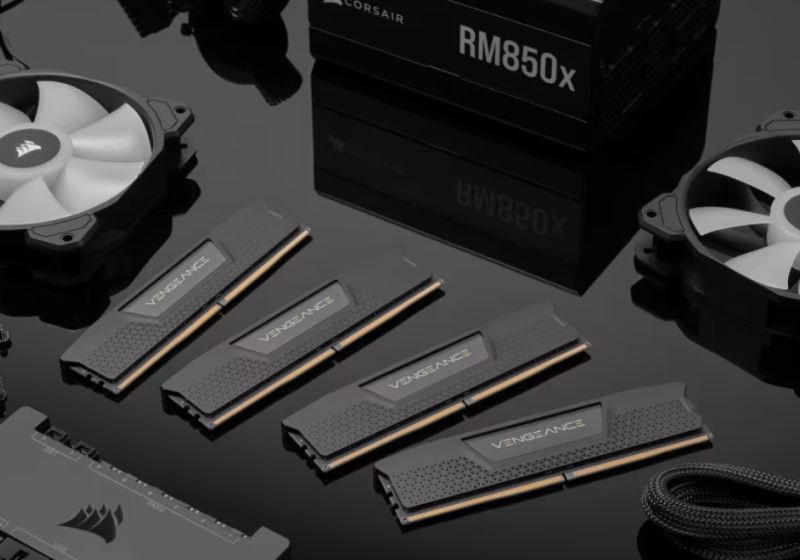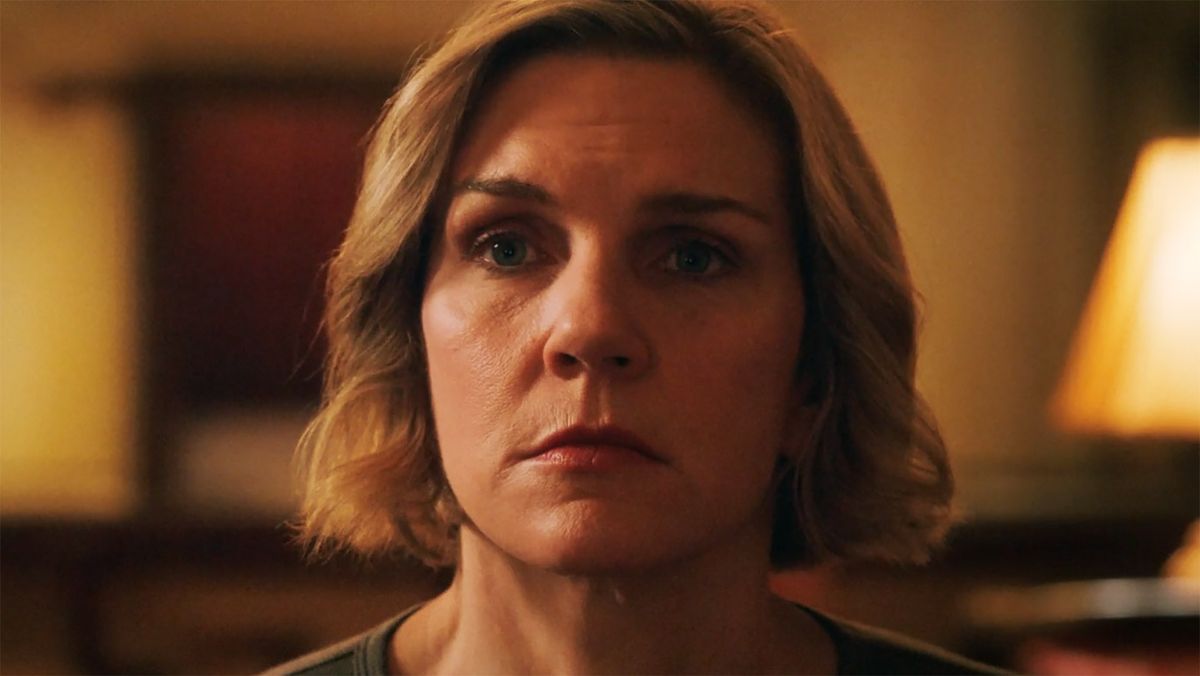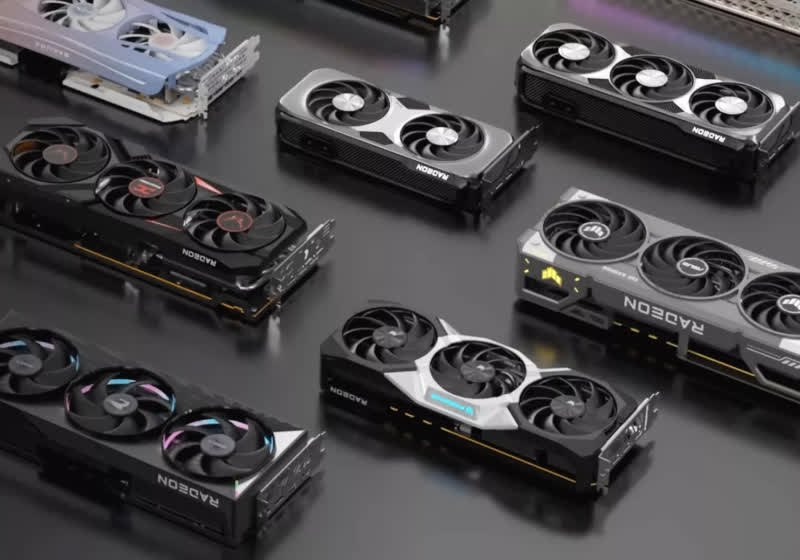Though my 100-plus-hour completed save file would beg to differ, The Legend of Zelda: Tears of the Kingdom is an unfinished game. Think of it like Korean barbecue. Without the kimchi, rice, sprouts, or sauce, it’s just meat — tasty meat to be sure, but not a complete (or healthy) dinner. Hyrule Warriors: Age of Imprisonment is the missing banchan in this analogy. Some of it’s delicious, some not, and though it’s not strong enough to stand on its own, if you combine it with some Tears of the Kingdom pork belly, you get a fantastic, well-rounded meal.
Age of Imprisonment is a hack-and-slash game (also known as a musou) that recounts Zelda’s half of Tears of the Kingdom’s story. Players can fight as a number of characters from Hyrule’s ancient past, like King Rauru, his scientist sister Mineru, the legendary leaders of Hyrule’s different races, and a number of mysterious and important figures including Princess Zelda herself. Combat takes place on different maps where you and up to two other characters mow down scores of weak enemies, mid-bosses, and big bosses, each defeat slowly turning the map from enemy red to ally blue.
Musou games have a reputation as mindless button mashers. But Age of Imprisonment layers together basic combat mechanics that wouldn’t be interesting on their own to create depth that’s simple but entertaining. Execute combos by stringing together light and heavy attacks. You can augment those basic combos further by sprinkling in item attacks, special abilities, and powerful sync strikes, which let you pair up with an ally for a slick-looking, health-bar melting, enemy clearing ultimate attack.
Instead of just whaling on minions and bosses, I have to think about how I fight. If I use Zelda’s arrow of light ability carelessly, it won’t be ready in time when I need to counter an enemy’s special aerial attack. If I spend too much time in a battle playing Zelda, ignoring my other teammates who I can swap to at any time, they won’t have built up their special meters enough for a sync strike. To be sure, this ain’t Silksong levels of complexity (or difficulty), but it’s just enough to keep me pleasantly engaged.
Unfortunately, the map that I hated from Age of Calamity is back, once again littered with glowing markers all flashing for your attention. There are the main story and side missions where all the fighting happens, and those are fine. But every little piece of character progression is denoted with its own individual icon. If you want to upgrade Zelda’s health, there’s an icon on the map for that, same for expanding her combo string. Expand that across every single character, (I’m currently up to eight but there are rumors of anywhere between 14 and 16 playable characters) and you’ve got a map that:
- Looks like it has way more stuff going on than it does
- Immediately drives you insane when you look at it
Breath and Tears have exceedingly busy maps too, but in those games icons indicate that whatever is there — a shrine I’ve discovered or a shop — is a valuable place that I can revisit if I need to. In this game, outside of the handful of necessities like the weaponsmith and training center, those icons represent “quests” that strain the definition of the term. There’s no task to undertake or requirement to fulfill — you get the materials, often already in your inventory, and turn ’em in. It’s maddening and makes you feel like half the game is just marking off a shopping list.
Like Age of Calamity before it, Age of Imprisonment does a fantastic job of bringing elements from Tears of the Kingdom and adapting them to the musou format. Any character can use Zonai devices like bombs or rockets to do some damage, and even the weirder, less martially inclined ones like the fire hydrant or fan have their uses. Investigating out-of-place-looking things reveals Koroks, some characters can fuse monster parts to their weapons for extra oomph, and you can use food and other materials to temporarily enhance your stats. Crossover games like this often suffer because they’re little more than so much of a franchise’s lipstick on a musou pig. But Age of Imprisonment does the work to convince you that this hack-and-slash formula fits in a universe and genre it wasn’t originally designed for.
The story fits too. Though I enjoyed Tears of the Kingdom, something that diminished the game was its treatment of Princess Zelda. Early trailers, with her standing side by side with Link, torch in hand as they investigated ruins, convinced me that she would feature more prominently than she did in Breath of the Wild. Instead, Nintendo immediately isekai’d her, only for her to appear briefly in cutscenes and at the very end as essentially the Master Sword delivery mechanism. They made the Princess of Hyrule into the literal Latin-derived definition of a vagina, and I’ve quietly carried a blood feud ever since.
In Age of Imprisonment, we see Zelda go on the journey I had hoped to see in TotK. We get to see her fight, fail, and learn as she comes into her powers as a priestess of time. She is finally a capable participant in the action around her rather than the magical Macguffin that drives it. While Link was using the Ultrahand ability to cobble together Korok death machines, Zelda was, very literally, studying the blade.
And I like that though Zelda is the main character, her allies get their due as well. I enjoyed King Rauru and his wife, Queen Sonia, being so cute using their respective powers to fight together while calling each other “dear” and making heart eyes mid-battle. Calamo, an adventurous little Korok, might be the MVP of the squad, but as I continue through the story I worry his companion, the mysterious Construct, will prove to be just some version of Link.
While Link was using the Ultrahand ability to cobble together Korok death machines, Zelda was, very literally, studying the blade
The very nature of a musou requires a deep cast of characters to play as. And rather than have everyone but Zelda and King Rauru exist as mere set dressing, the developers at Koei Tecmo smartly used Age of Imprisonment to tell other characters’ stories. Breath of the Wild and Tears of the Kingdom are as loved as they are for their vast, lifelike worlds. Part of reinforcing that realness and depth is highlighting the lives of people who weren’t voted Hyrule’s Cutest Couple Great Plateau High Class of ’17, and Age of Imprisonment does that well.
I know not everyone can rock with the hack-and-slash format, but Age of Imprisonment is worth your time if you love this flavor of the Legend of Zelda series. The next mainline installment is probably a long way off, and I doubt we’re coming back to this version of Hyrule. But rather than leave fans hungry, Nintendo fed us with what is essentially a sequel less than two years later that is different enough to be interesting, familiar enough to not seem alienating, and with a canon story that will make the lore sickos like me happy.
Hyrule Warriors: Age of Imprisonment launches November 6th for Nintendo Switch 2.
Follow topics and authors from this story to see more like this in your personalized homepage feed and to receive email updates.

 4 weeks ago
23
4 weeks ago
23










 English (US) ·
English (US) ·